HEALTH: Understanding PRP blood therapy
Health & Fitness February 13, 2012 johnwooton 0
By Dr. Nirav K. Pandya
With nearly a whole football season behind us and the basketball season just hitting its stride, injuries in professional athletes are a common source of discussion in the media. It has become increasingly common to hear athletes receiving Platelet Rich Plasma (PRP) injections to recover from injury. Athletes such as Hines Ward, Troy Polamalu and Alex Rodriguez have all undergone PRP treatment. But what exactly is PRP?
In order to understand PRP therapy, you have to first understand the composition of blood. The majority of blood is a liquid called plasma. Within the plasma are several solid components: red blood cells, white blood cells, and platelets. Usually, the function of platelets is to help clot blood, but they also contain proteins called growth factors which can help to heal injury.
PRP is actually plasma that is more highly concentrated with platelets (and its potential growth factors) than regular blood. In order to make PRP which is suitable for treatment, a patient’s blood is drawn. A special centrifuge then “spins down” the blood so that the platelets are separated from the rest of the blood, creating the PRP preparation that is ready for treatment.
This PRP is then injected into the injured area and/or is injected into an area that has just been surgically repaired. The thought is that by injecting PRP into an injured area, an increased concentration of growth factors is then available to heal whatever damage is present. Since the procedure involves taking your own blood and immediately injecting it back into your own body, the NFL, MLB, NBA, and the World Anti-Doping Agency have all stated that PRP treatment is allowed.
Now before you run out to your local doctor and ask him to inject that nagging injury with some PRP, it’s important to understand our limited knowledge about PRP treatment (which is the reason why many insurance companies do not cover the treatment).
First, we are not exactly sure how PRP actually works to speed up injury healing. Although we have a theoretical explanation (putting more growth factors into an injured area), it is unclear what, if anything, is actually occurring on a more microscopic level. In addition, there is no standard PRP injection. Different methods of preparation, protocols, and even the PRP obtained from the same patient (due to diet, time of day, exercise, medications, etc.) can vary greatly.
The most important limitation to understand is that PRP therapy has really only shown to be effective in research studies which look at the treatment of chronic tendon injuries (tendons connect muscles to bone) such as tennis elbow (irritation of tendons about the elbow). Unfortunately, the media concentrates on PRP in the treatment of acute muscle injuries such as hamstring strains in professional athletes; something which has not been consistently proven in research studies.
Therapies such as PRP may potentially hold promise in the future, but further research is necessary to determine what injuries PRP is best suited for, standard protocols for preparation, and the long term risks and benefits. It’s always important to remember that even though professional athletes are portrayed as making “miraculous” recoveries after receiving PRP injections; you can’t forget that they have an entire team of people working with them 24/7 getting them ready for the next game with an integrated program of exercise, rehab, and nutrition. Remember, the best injury treatment is always prevention.
Dr. Nirav K. Pandya is a pediatric orthopedic surgeon specializing in pediatric sports injuries at the Children’s Hospital in Oakland. He sees patients and operates in Oakland and at our facility at Walnut Creek. If you have any questions or comments regarding the “Health Watch” column, you can send them to [email protected]
johnwooton
SportStars Magazine: High School Sports Articles Online SportStars is your go-to source for the very best high school sports articles in California. Player and team profiles, game coverage, health and fitness tips and the largest Camps, Clinics & Combine resource for athletes. We're the story behind the stats.

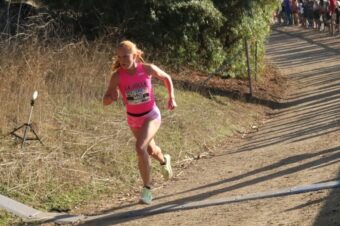
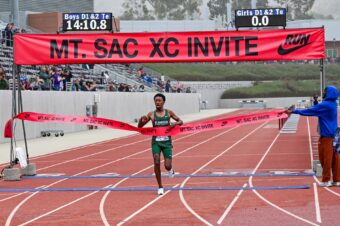

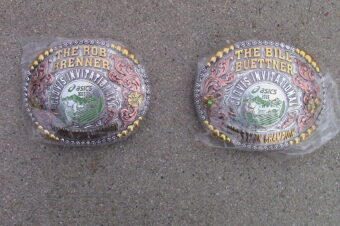
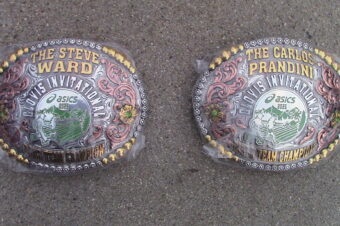

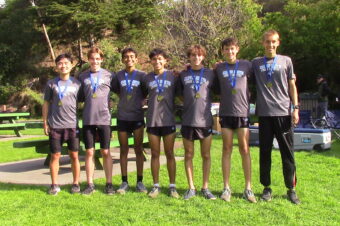

No comments so far.
Be first to leave comment below.